Software architecture refers to the high-level structure of a software system, including the organization of its components, the relationships between them, and the principles guiding their design and evolution. It’s a crucial aspect of software development, as it defines how a software system will behave and evolve over time. In this article, we will explore the basic concepts of software architecture, its importance, and best practices for designing software architecture.
Separation of Concerns
The separation of concerns is a fundamental principle in software architecture. It involves breaking down a software system into smaller components, each responsible for a specific aspect of the system’s functionality. This helps to reduce complexity and make the system easier to understand, maintain, and extend.
Modularity
Modularity refers to the degree to which a software system can be decomposed into smaller, independent components. Modular design helps to reduce the impact of changes made to one part of the system on other parts. It also makes it easier to test, debug, and reuse components.
Abstraction
Abstraction is a key concept in software architecture, and it refers to the process of representing complex systems in a simplified manner. It allows developers to focus on the essential aspects of the system, while ignoring the details. This helps to reduce complexity and make the system easier to understand and maintain.
Scalability
Scalability is the ability of a software system to accommodate increased demand. It involves designing the architecture in such a way that it can handle increasing amounts of data, processing power, and user traffic without becoming inefficient or unwieldy.
Maintainability
Maintainability refers to the ease with which a software system can be modified and maintained over time. Good architecture helps to ensure that changes to the system can be made with minimal impact on other parts of the system, making maintenance easier and less time-consuming.
Reusability
Reusability refers to the ability of components to be used in multiple systems or applications. Designing components in a modular, scalable, and maintainable way helps to promote reusability, which can save time and effort in the long run.
Testability
Testability refers to the ease with which a software system can be tested. Good architecture helps to ensure that components can be tested in isolation, making it easier to identify and fix bugs.
In conclusion, software architecture is an essential aspect of software development that can greatly impact the success of a project. By following the principles of separation of concerns, modularity, abstraction, scalability, maintainability, reusability, and testability, developers can design software systems that are easy to understand, maintain, and evolve over time. It is important to keep these principles in mind throughout the development process, as changes made later in the project can be more difficult and costly to implement.
REF
https://www.tutorialspoint.com/software_architecture_design/introduction.htm
https://towardsdatascience.com/10-common-software-architectural-patterns-in-a-nutshell-a0b47a1e9013?gi=22ea206c031e
https://understandingdata.com/top-10-software-architecture-books/


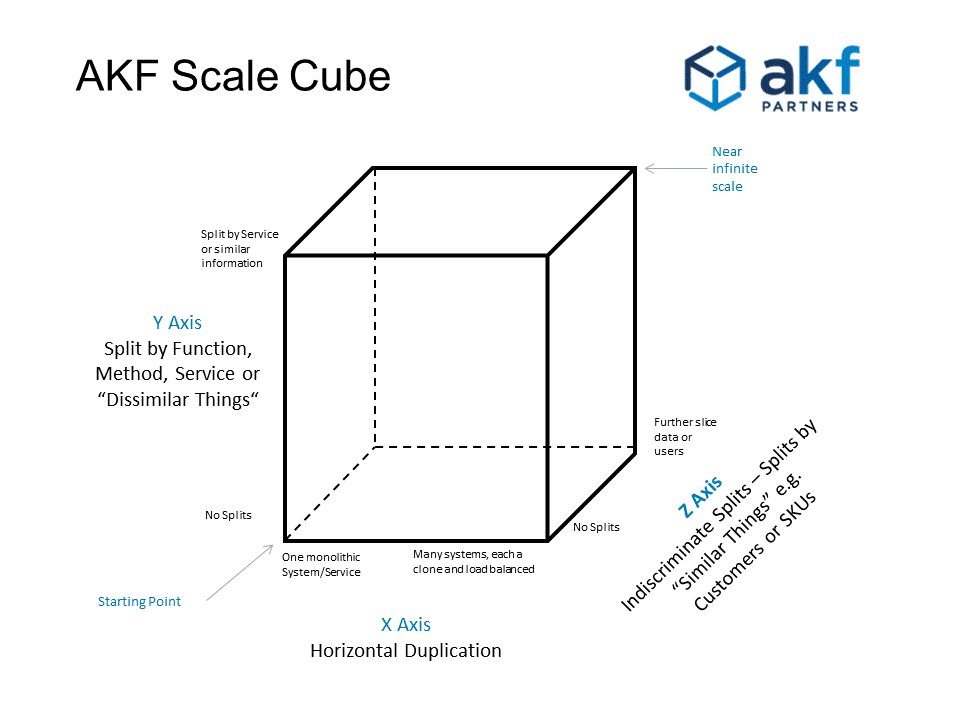
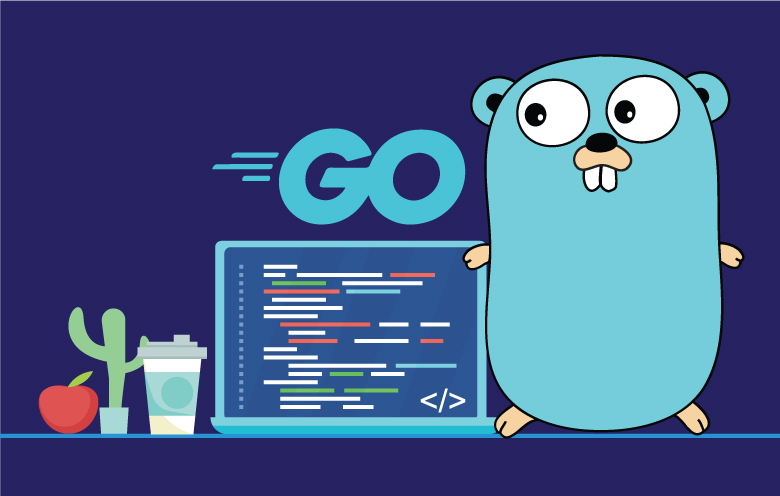
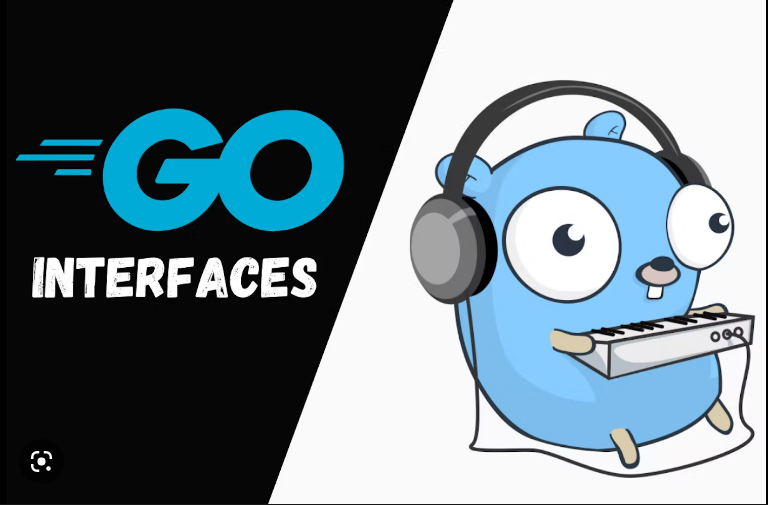
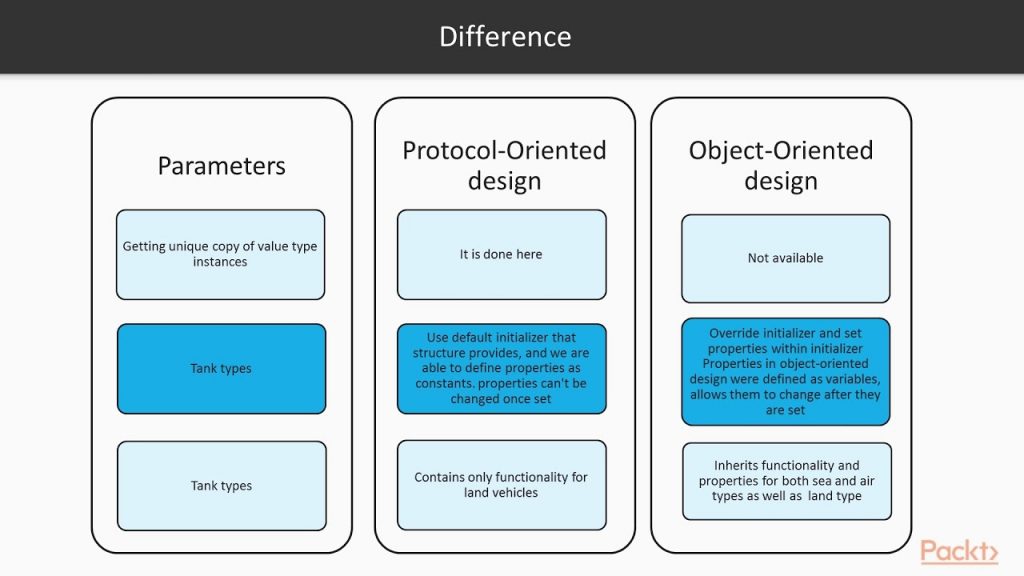
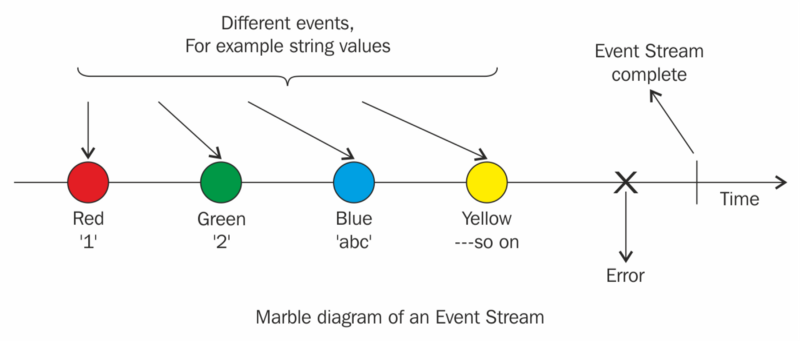
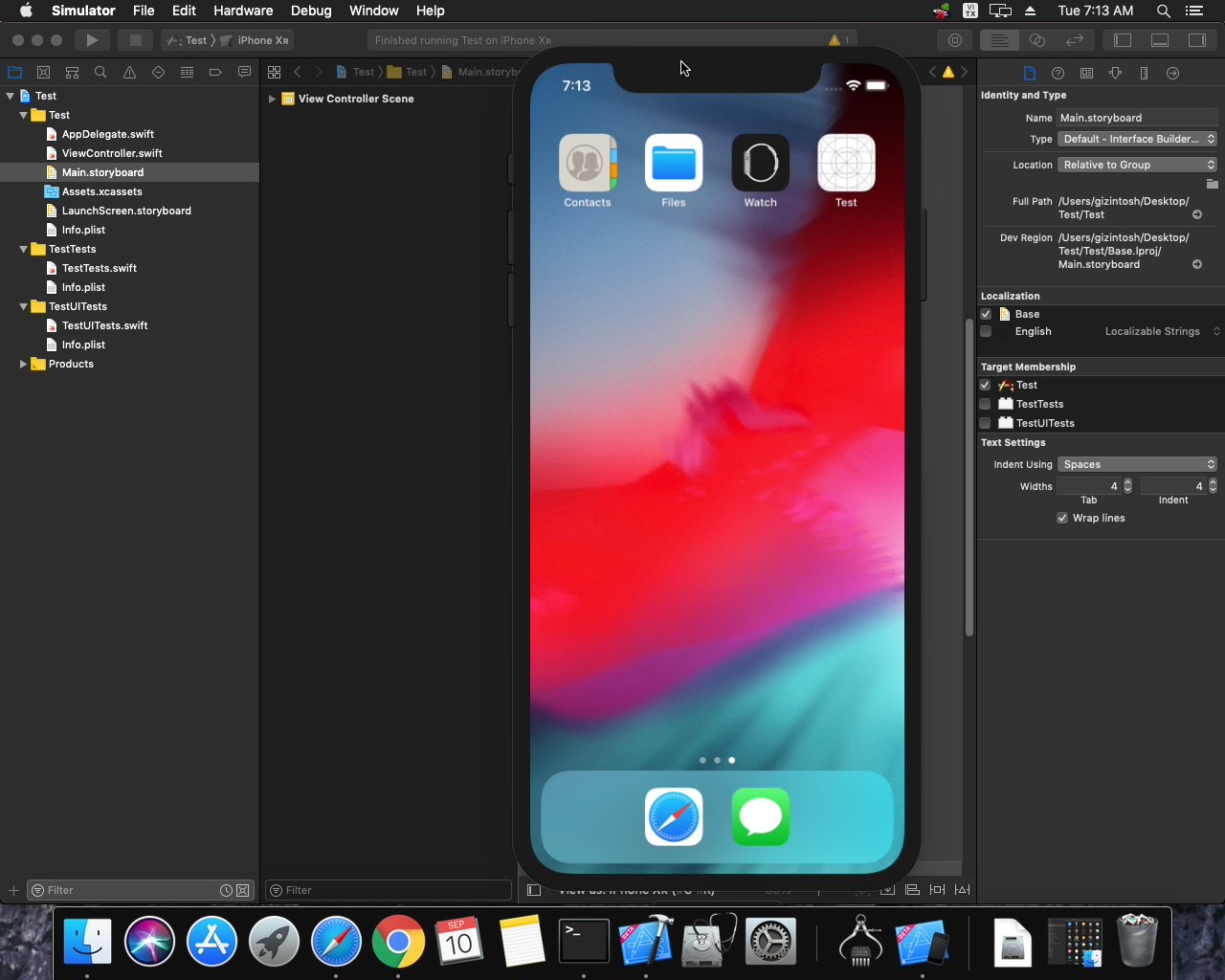
 Khoá học lập trình game con rắn cho trẻ em
Khoá học lập trình game con rắn cho trẻ em 


